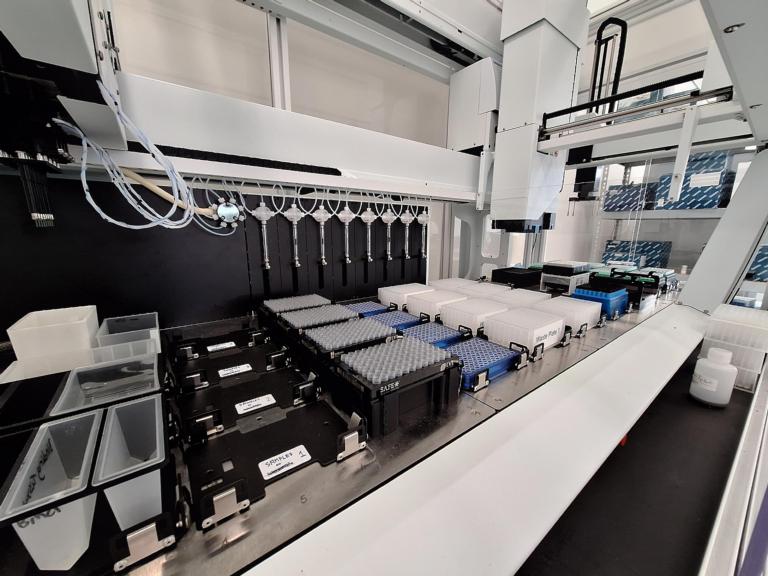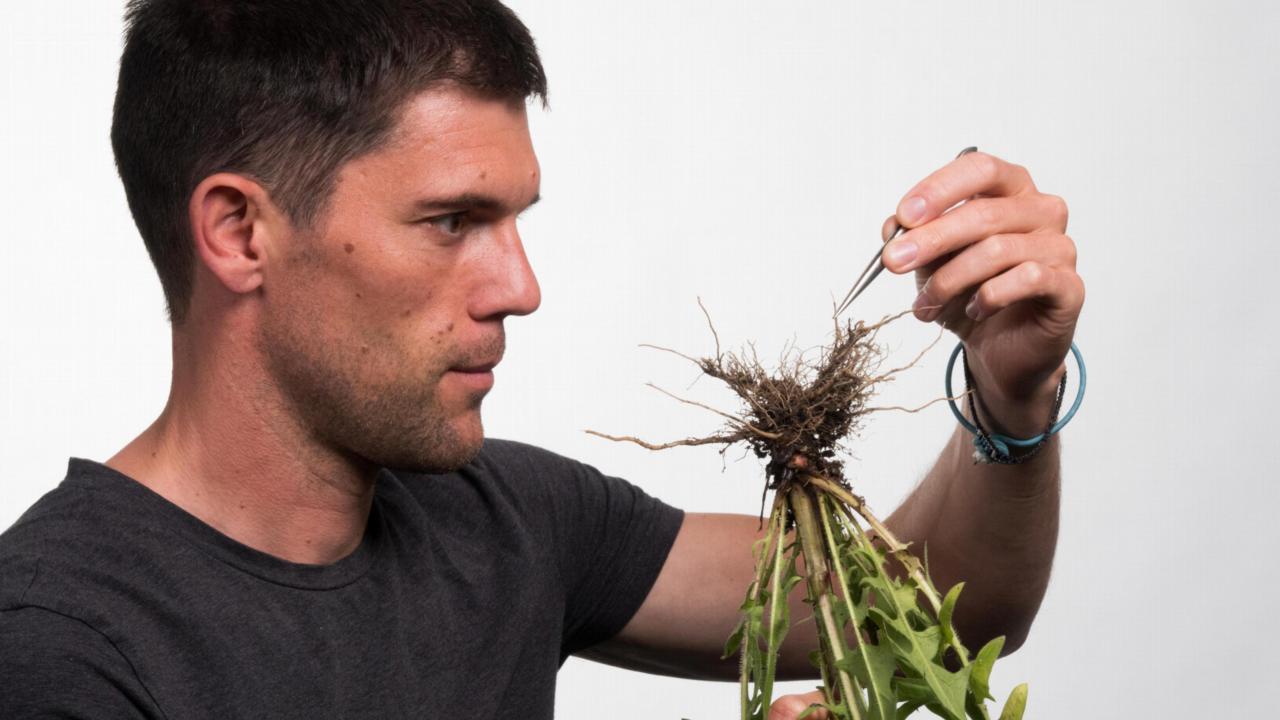
Naturalis Biodiversity Center is going to build a research infrastructure specifically for biodiversity monitoring using minuscule amounts of DNA. With it, the research institute will map biodiversity in a higher resolution than ever.
Quickly and effectivelymonitor biodiversity
All living creatures have DNA. The newest techniques for tracing and amplifying DNA are extremely sensitive. That means that a small tube of water has detectable fish DNA in it, a teaspoon of soil can be used to determine the hundreds of different types of soil fungi in it, and there are many more applications. Biologists speak of environmental DNA, or eDNA for short.
Last week Naturalis received a grant for building a large-scale research infrastructure working with this eDNA. A subsidy of €18.573.838 - the largest in the history of Naturalis - from the Ministry of Economic Affairs’ special fund for research facilities will make building it possible. The project will start this month, under the name eDentity.
State of biodiversity
Naturalis’ general director Edwin van Huis is very excited about the grant: “Naturalis wants to speed up the mapping of Dutch biodiversity and the state it’s in, and thus help tackle the biodiversity crisis. This subsidy will allow us to play an even larger role in this process.” It will also allow Naturalis to reinforce its existing infrastructures, such as Arise for species recognition of all Dutch species in all different ways, and Biodiversity Genomics Europe, that collects and connects genetic information of species from all over Europe. The knowledge and know-how from these infrastructures now allows for the build of eDentity.
“It’s already possible to analyze all the DNA in a sample, but it’s only possible on a relatively small scale”, eDentity initiator and Naturalis researcher Vincent Merckx explains. There is currently no machinery that can process hundreds of thousands of samples, there is no system to store the results and metadata of these samples, and there is no way to store the samples for later research. eDentity will bring all these things to the Netherlands. Together, they are called a “research infrastructure”: in the same way that astronomers use telescopes and historians use archives, this type of big projects generating big data are becoming more and more important in biology.
Predicting changes
“If we want to know how nature is doing, we currently look only at the small number of species that we know well”, Merckx points out. “While small and lesser-known species such as fungi and insects react much more quickly to changes. If a tree dies now, everyone notices. But maybe we could have predicted it twenty years ago if we paid more attention to the soil organisms.”
And paying attention is more important than ever. Judging by the species that we do follow, the natural world is doing badly, both in the Netherlands and worldwide. Merckx: “By scaling up and standardizing eDNA technology, we’ll make it possible to monitor biodiversity quickly and effectively.” This sort of data will help to show what is happening, and which measures to counter the biodiversity crisis work best.
More informationNot for publication
- More about Dutch funding in research facilities. Read moree (in Dutch)
- Images can be found in this press folder
- More about our research infrastructures ARISE and BGE.
- For questions about this new infrastructure: vincent.merckx@naturalis.nl
- Our Communications department is there to help you with any other questions
